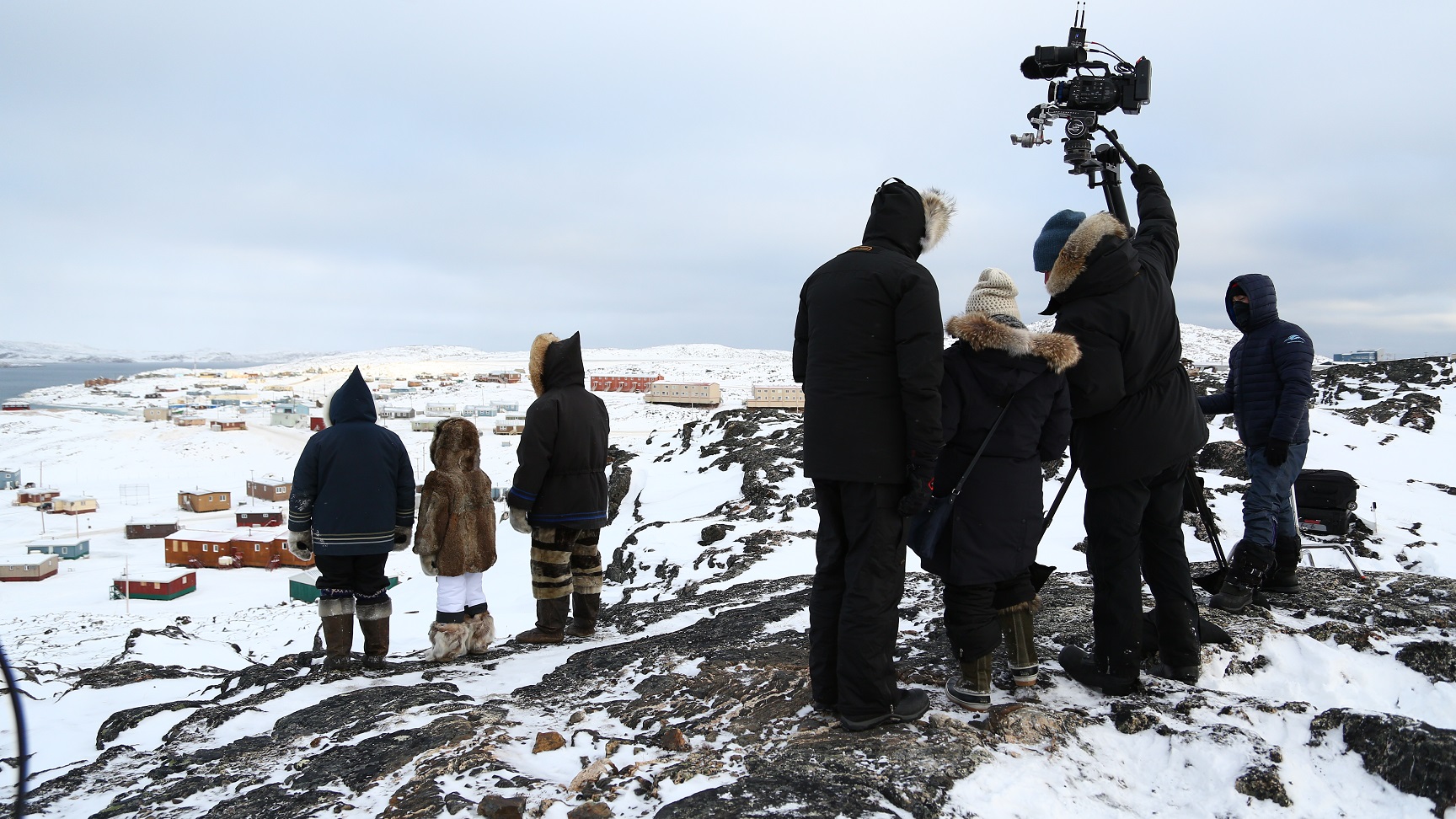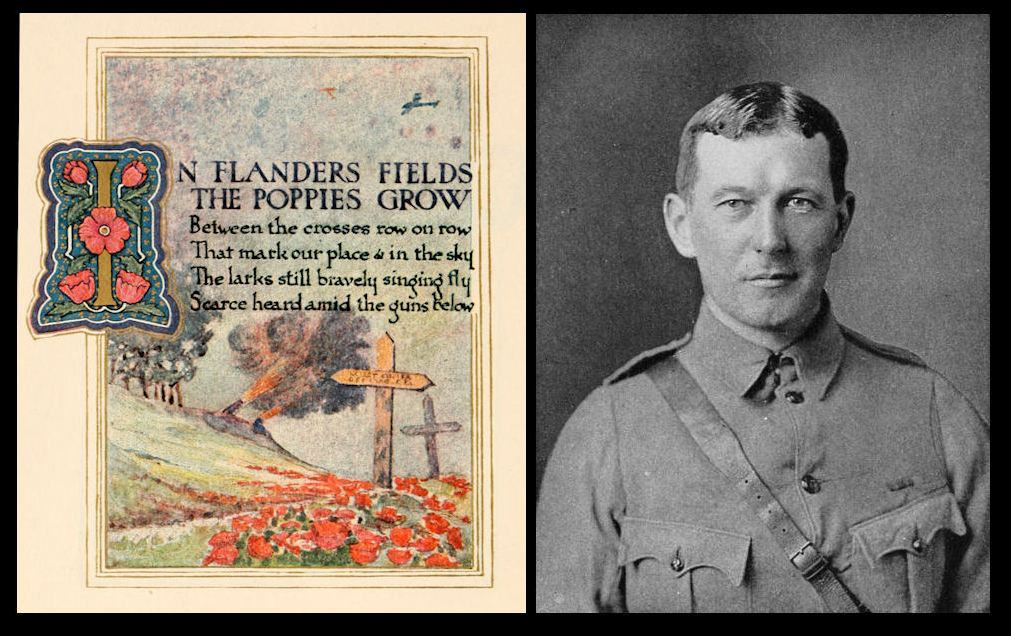Browse "Arts & Culture"
-
Article
Hedley (band)
Pop-punk band Hedley shot to stardom in 2005 after lead singer Jacob Hoggard finished third on Canadian Idol in 2004. The band won two Juno Awards rom more than 30 nominations, sold nearly 1 million albums and 4 million singles, and had a record 16 videos hit No. 1 on the MuchMusic Countdown chart. In 2014, Billboard called Hedley Canada’s “king of all-format airplay.” In February 2018, the band was blacklisted from Canadian radio following multiple allegations of sexual assault against the band members dating to 2005. Hoggard was arrested and charged with sexual interference and two counts of sexual assault in July 2018. In 2022, he was found guilty of sexual assault causing bodily harm and was sentenced to five years in prison.
"https://d2ttikhf7xbzbs.cloudfront.net/media/media/4203fab7-3227-4a30-a113-4d01887e7ee6.jpg" // resources/views/front/categories/view.blade.php
https://d2ttikhf7xbzbs.cloudfront.net/media/media/4203fab7-3227-4a30-a113-4d01887e7ee6.jpg
-
Article
Heritage Minutes
The Heritage Minutes collection is a bilingual series of history-focused public service announcements. Each 60-second short film depicts a significant person, event or story in Canadian history. They are produced by Historica Canada, the not-for-profit organization that also publishes this encyclopedia. First released in 1991, the Heritage Minutes have been shown on television, in cinemas and online. They have become a recognizable part of Canadian culture. The collection currently includes 102 episodes.
"https://d2ttikhf7xbzbs.cloudfront.net/media/media/ef617765-aea7-4495-8c0c-0be405231d56.jpg" // resources/views/front/categories/view.blade.php
https://d2ttikhf7xbzbs.cloudfront.net/media/media/ef617765-aea7-4495-8c0c-0be405231d56.jpg
-
Collection
Heritage Minutes
The Heritage Minutes collection is a bilingual series of history-focused public service announcements. Each 60-second short film depicts a significant person, event or story in Canadian history. They are produced by Historica Canada, the not-for-profit organization that also publishes this encyclopedia. First released in 1991, the Heritage Minutes have been shown on television, in cinemas and online. They have become a recognizable part of Canadian culture. The collection currently includes 100 episodes.
"https://d2ttikhf7xbzbs.cloudfront.net/media/media/1bfa3d45-2952-4f79-b7d4-4c6cb6601164.jpg" // resources/views/front/categories/view.blade.php
https://d2ttikhf7xbzbs.cloudfront.net/media/media/1bfa3d45-2952-4f79-b7d4-4c6cb6601164.jpg
-
Article
Highland Pipe Bands in Canada
As a musical unit, a pipe band usually consists of a bagpipe corps and a drum corps, the latter comprising side drums, a bass drum, and tenors (the last optional). The earliest organized pipe bands in Canada were probably those of Highland regiments made up of Scottish Canadians. Pipe Bands are most common among Armed Forces regiments and municipal police services. (See also Armed Forces Bands in Canada; Police Bands in Canada.)
"https://d2ttikhf7xbzbs.cloudfront.net/Edmonton-Police-08412.jpg" // resources/views/front/categories/view.blade.php
https://d2ttikhf7xbzbs.cloudfront.net/Edmonton-Police-08412.jpg
-
Article
Historica Canada
Historica Canada is a registered charitable organization devoted to enhancing awareness and appreciation of Canadian history and citizenship. Its free programs and educational resources, which include The Canadian Encyclopedia, are offered bilingually and reach more than 28 million users annually. In addition to English and French, as of October 2024 the organization is offering the option of following some of its programs, including the Encyclopedia, in 35 other languages (see Languages in use in Canada). Historica Canada’s head office is in Toronto, but staff are based across the country and travel regularly to promote engagement in a variety of activities.
"https://d2ttikhf7xbzbs.cloudfront.net/TCE_placeholder.png" // resources/views/front/categories/view.blade.php
https://d2ttikhf7xbzbs.cloudfront.net/TCE_placeholder.png
-
Article
Hockey Night in Canada
Hockey Night in Canada (HNIC) is a weekly Saturday night broadcast of National Hockey League (NHL) games. It is Canada’s longest-running television program and the Guinness World Record holder as the longest-running TV sports program. It was first broadcast on the radio in Montreal and Toronto as General Motors Hockey Broadcast on 12 November 1931, with play-by-play by iconic sports broadcaster Foster Hewitt. The first televised airing of HNIC — one of Canada’s earliest television broadcasts — was on 11 October 1952. The program was produced by the CBC from 1936 until 2013, when the rights to broadcast NHL games were acquired by Rogers Communications. A staple of Canadian television for more than half a century, HNIC has long been the country’s highest-rated series. It regularly averaged more than 2 million viewers for decades. Recent seasons have averaged around 1.3 million viewers per episode. The theme music is seen by many as Canada’s second national anthem. The series has won 21 Gemini Awards and three Canadian Screen Awards.
"https://d2ttikhf7xbzbs.cloudfront.net/media/Twitter_Cards/hockey night in canada.png" // resources/views/front/categories/view.blade.php
https://d2ttikhf7xbzbs.cloudfront.net/media/Twitter_Cards/hockey night in canada.png
-
Article
Hospital Architecture
From the 17th century until about 1900, hospitals in what is now Canada were unspecialized, multi-purpose institutions for the sick poor. Until around 1900 those able to pay doctors preferred to be treated at home. The first hospitals emerged in places where people were unable to get medical treatment by physicians in their own homes. The financial sources and social mandates of hospitals have varied widely over the past 400 years. The earliest hospitals included military and marine hospitals, as well as Roman Catholic and then Protestant benevolent institutions. By the turn of the 20th century, the administration of scientific medicine was the major purpose of the Canadian hospital. Since about 1970, hospitals have become increasingly specialized; structurally they have become flexible and expandable.
"https://d2ttikhf7xbzbs.cloudfront.net/emmanuelpersillierlachapelle/notredramehospitalonsherbrooke.jpg" // resources/views/front/categories/view.blade.php
https://d2ttikhf7xbzbs.cloudfront.net/emmanuelpersillierlachapelle/notredramehospitalonsherbrooke.jpg
-
Article
Hudson’s Bay Point Blanket
The Hudson’s Bay Point Blanket is a wool blanket with a series of stripes and points (markers on cloth) first made for the Hudson’s Bay Company (HBC) in 1779. The most iconic design is that which is white with green, red, yellow and indigo stripes; these colours are now used as an emblem for the HBC. While the HBC was not the first to create the point blanket, the company did popularize it among Indigenous and settler communities in Canada. Today, the design from the blanket is used on a variety of clothing, accessories and household items sold by the HBC.
"https://d2ttikhf7xbzbs.cloudfront.net/media/new_article_images/HBCpointblanket/HBC point blanket (2).jpg" // resources/views/front/categories/view.blade.php
https://d2ttikhf7xbzbs.cloudfront.net/media/new_article_images/HBCpointblanket/HBC point blanket (2).jpg.jpg)
-
Article
Hungarian Music in Canada
In 1986, some 189,000 people of Hungarian origin were living in Canada. The first Hungarians arrived via the USA ca. 1886 and settled in Manitoba and Saskatchewan. Other groups immigrated between 1901 and 1911 and several established communities in Alberta.
"https://development.thecanadianencyclopedia.ca/images/tce_placeholder.jpg?v=e9dca980c9bdb3aa11e832e7ea94f5d9" // resources/views/front/categories/view.blade.php
https://development.thecanadianencyclopedia.ca/images/tce_placeholder.jpg?v=e9dca980c9bdb3aa11e832e7ea94f5d9
-
Article
Icelandic Music In Canada
The first large group of Icelanders arrived in Canada in 1873 and by 1875 had settled on the western shore of Lake Winnipeg. Their colony (which included present-day Gimli and Riverton, Man), was known as New Iceland, was self-governing, and had its own constitution.
"https://development.thecanadianencyclopedia.ca/images/tce_placeholder.jpg?v=e9dca980c9bdb3aa11e832e7ea94f5d9" // resources/views/front/categories/view.blade.php
https://development.thecanadianencyclopedia.ca/images/tce_placeholder.jpg?v=e9dca980c9bdb3aa11e832e7ea94f5d9
-
Article
imagineNATIVE Film + Media Arts Festival
The imagineNATIVE Film + Media Arts Festival is one of the world’s largest film festivals devoted exclusively to screen-based works created by Indigenous artists. It is a registered charity under its legal entity, The Centre for Aboriginal Media. The Toronto-based festival has grown to attract tens of thousands of attendees annually and plays an active role in furthering representation for Indigenous cinema at festivals worldwide.
"https://development.thecanadianencyclopedia.ca/images/tce_placeholder.jpg?v=e9dca980c9bdb3aa11e832e7ea94f5d9" // resources/views/front/categories/view.blade.php
https://development.thecanadianencyclopedia.ca/images/tce_placeholder.jpg?v=e9dca980c9bdb3aa11e832e7ea94f5d9
-
Article
In Flanders Fields
One of history's most famous wartime poems, "In Flanders Fields" was written during the First World War by Canadian officer and surgeon John McCrae.
"https://d2ttikhf7xbzbs.cloudfront.net/media/media/4be09c8b-7a2d-4c49-8972-670e287489aa.jpg" // resources/views/front/categories/view.blade.php
https://d2ttikhf7xbzbs.cloudfront.net/media/media/4be09c8b-7a2d-4c49-8972-670e287489aa.jpg
-
Article
Incendies
The film Incendies, written and directed by Denis VILLENEUVE and inspired by Wajdi MOUAWAD's play, opened in 2010. A Canada-France coproduction shot in Montréal and Jordan, it describes the shattering quest of a pair of twins.
"https://development.thecanadianencyclopedia.ca/images/tce_placeholder.jpg?v=e9dca980c9bdb3aa11e832e7ea94f5d9" // resources/views/front/categories/view.blade.php
https://development.thecanadianencyclopedia.ca/images/tce_placeholder.jpg?v=e9dca980c9bdb3aa11e832e7ea94f5d9
-
Article
Indian Music in Canada
In 1986 in Canada there were approximately 280,000 people of Asian Indian origin, the majority of whom had arrived after 1968. Earlier immigrants from India were mostly Sikh labourers who arrived ca 1905-8 from the Punjab.
"https://development.thecanadianencyclopedia.ca/images/tce_placeholder.jpg?v=e9dca980c9bdb3aa11e832e7ea94f5d9" // resources/views/front/categories/view.blade.php
https://development.thecanadianencyclopedia.ca/images/tce_placeholder.jpg?v=e9dca980c9bdb3aa11e832e7ea94f5d9
-
Article
Classical Indian Dance
After long and persistent efforts on the part of Indian dancers living in Canada, Indian forms of dance came to be acknowledged as classical art by the arts councils and the Canadian dance audience at large.
"https://development.thecanadianencyclopedia.ca/images/tce_placeholder.jpg?v=e9dca980c9bdb3aa11e832e7ea94f5d9" // resources/views/front/categories/view.blade.php
https://development.thecanadianencyclopedia.ca/images/tce_placeholder.jpg?v=e9dca980c9bdb3aa11e832e7ea94f5d9
